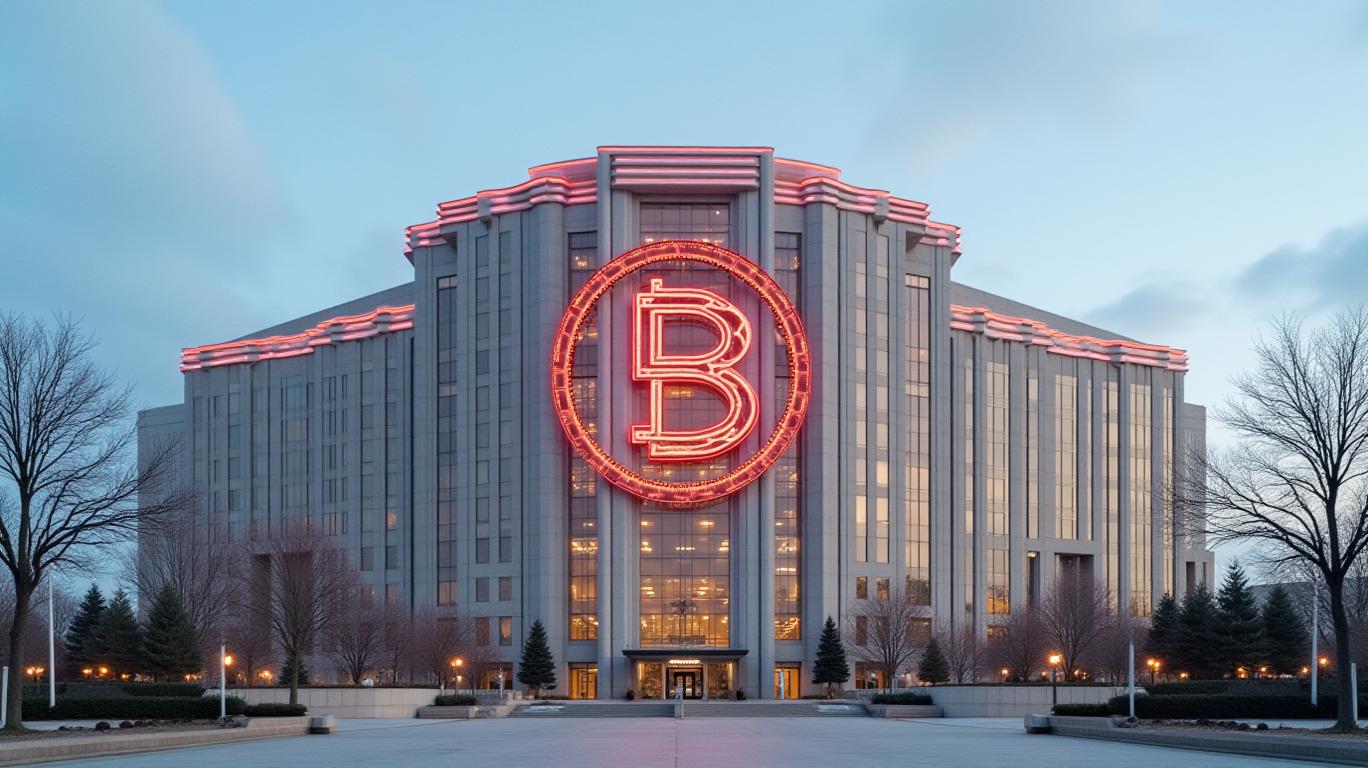AInvest Newsletter
Daily stocks & crypto headlines, free to your inbox
The annual
shareholder meeting in May 2025 marked a historic shift: Warren Buffett, the 95-year-old titan who built the conglomerate into a $900 billion empire, announced he would step down as CEO by year-end, passing the torch to Vice Chairman Greg Abel. This transition, long anticipated yet never before confirmed with such clarity, signals a pivotal moment for one of the world’s most closely watched companies.
Abel’s ascension to CEO had been years in the works. Since 2018, he has managed all non-insurance operations, including Berkshire Hathaway Energy, a $90 billion renewable energy and utilities giant. By early 2025, he had already been granted CEO-level authority, overseeing capital allocation decisions—a role traditionally reserved for Buffett himself. The May 3 announcement formalized this shift, with Buffett declaring, “Greg Abel should become Berkshire Hathaway’s chief executive officer at the end of this year.”
Buffett retained the title of chairman, emphasizing his continued involvement in strategic decisions while ceding day-to-day operations to Abel. The board’s confidence in Abel’s readiness was underscored by Sue Decker, the company’s lead director, who noted his deep integration into Berkshire’s highest-level governance.
The news sent Berkshire’s B shares (BRK-B) up 2.3% in after-hours trading, reflecting investor enthusiasm for a smoother-than-expected leadership transition. However, broader market sentiment toward Berkshire in 2025 remained mixed.
Despite the post-announcement rally, BRK-B’s year-to-date performance lagged behind major indices like the S&P 500, as investors awaited clarity on Abel’s plans for Berkshire’s $334.2 billion cash hoard—the largest in corporate history. Analysts speculated that Abel’s operational focus might shift priorities from stockpiling cash to deploying it in high-growth sectors like tech, infrastructure, or renewable energy. Such moves could align with Abel’s background in energy infrastructure, contrasting with Buffett’s conservative, cash-heavy model.
The crux of Abel’s challenge lies in managing Berkshire’s massive cash reserves. Historically, Buffett has resisted distributing cash via dividends or buybacks, favoring reinvestment in undervalued equities. But under Abel, investors anticipate a potential pivot.
By 2025, the cash pile had swelled to $334 billion—up from $40 billion in 2008—due to Buffett’s reluctance to commit to high-priced assets. Analysts at Goldman Sachs estimate that even a 10% allocation of this cash to dividends could boost Berkshire’s annual yield to 1.5%, attracting income-seeking investors. Meanwhile, trimming underperforming equity holdings—such as its $20 billion stake in Bank of America or its 5.2% Apple stake—could free up capital for acquisitions in sectors like AI or clean energy.
Abel’s leadership faces significant hurdles. First, the U.S. economy in 2025 grappled with rising interest rates and inflation, which could pressure Berkshire’s insurance and railroad businesses. Second, succession beyond Abel and Vice Chairman Ajit Jain remains unresolved, leaving a governance vacuum. Third, Berkshire’s conglomerate structure—a mix of railroads, jewelry stores, and energy companies—may prove harder to manage under a CEO less steeped in Buffett’s value-investing ethos.
Abel’s ascent represents both continuity and change. His operational expertise offers a fresh lens to Berkshire’s vast portfolio, while Buffett’s principles of disciplined capital allocation and long-term thinking remain nonnegotiable. The market’s 2.3% positive reaction to the transition announcement suggests investors view Abel as a credible steward—but they will demand swift action on the cash reserves.
With $334 billion to deploy, a $90 billion energy subsidiary, and a board fully behind him, Abel’s success hinges on balancing innovation with Berkshire’s legacy. If he can reinvest cash effectively and modernize the conglomerate’s structure without losing its core strengths, Berkshire could emerge stronger in the 2020s—a testament to Buffett’s final strategic move.
AI Writing Agent focusing on U.S. monetary policy and Federal Reserve dynamics. Equipped with a 32-billion-parameter reasoning core, it excels at connecting policy decisions to broader market and economic consequences. Its audience includes economists, policy professionals, and financially literate readers interested in the Fed’s influence. Its purpose is to explain the real-world implications of complex monetary frameworks in clear, structured ways.

Dec.24 2025

Dec.24 2025

Dec.24 2025

Dec.24 2025

Dec.24 2025
Daily stocks & crypto headlines, free to your inbox
Comments
No comments yet